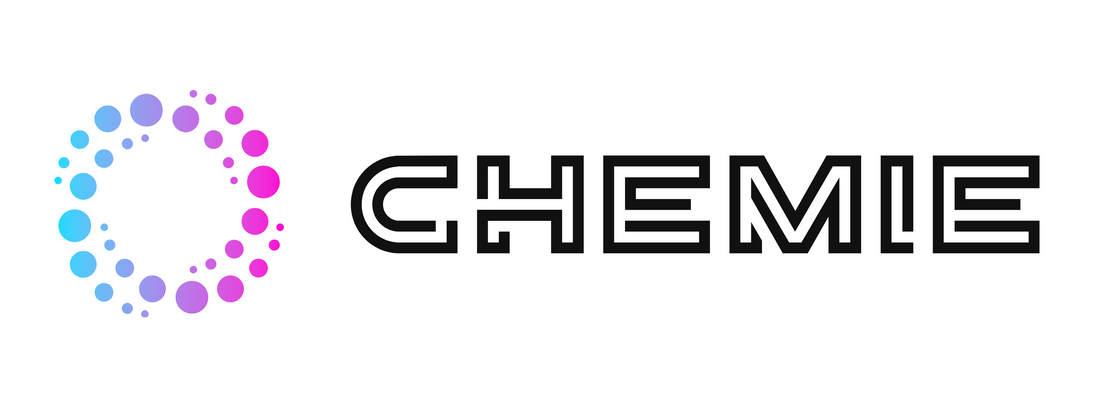What Does Chemie Mean?
Table of ContentsThe Facts About Chemie UncoveredThe Ultimate Guide To ChemieEverything about ChemieThe Main Principles Of Chemie Chemie - QuestionsIndicators on Chemie You Should Know
(https://www.find-us-here.com/businesses/Chemie-San-Diego-California-USA/34199379/)Measured change in electric conductivity of fluid examples as a function of time when mixed with the material example in the shut indirect cooling loophole experiment. Number 6 shows the modification in the measured electric conductivity of the fluid examples when mixed with the material example. The conductivity of the water sample from the shut loophole experiment lowered by roughly 70% from 11.77 S/cm to 3.32 S/cm in six hours.These outcomes suggested that the capability of the material depends on the test liquid used for the experiment. This reveals that different ions existing in the liquid will cause various ion exchange ability of the fluid. As a result, determining the ion exchange material capability with the fluid sample from the actual air conditioning loophole is essential.
The Basic Principles Of Chemie
An ion exchange material cartridge having 20g of Dowex combined bed resin may take on order 938 days to fill - meg glycol. Simply put, to preserve a reduced electrical conductivity, a resin cartridge with the measurement and weight specification as that of the material cartridge utilized in the experiment, need to be changed every 30 months for the cooling system that was made use of in the experiment
The cooling of electronic parts has come to be a major challenge in current times as a result of the advancements in the design of faster and smaller sized elements. Therefore, various cooling modern technologies have been established to successfully eliminate the warmth from these components [1, 2] Using a fluid coolant has actually ended up being attractive because of the higher warm transfer coefficient attained as contrasted to air-cooling.
The Greatest Guide To Chemie
A solitary stage cooling loophole consists of a pump, a warmth exchanger (chilly plate/mini- or micro-channels), and a warmth sink (radiator with a fan or a liquid-to-liquid warm exchanger with cooled water cooling). The warmth source in the electronics system is affixed to the warm exchanger.
The needs might vary depending upon the kind of application. Following is a checklist of some general needs: Excellent thermo-physical buildings (high thermal conductivity and certain warm; low viscosity; high hidden warmth of dissipation for two-phase application) Reduced freezing factor and burst point (often burst protection at -40 C or lower is required for delivery and/or storage space functions) High climatic boiling point (or low vapor pressure at the operating temperature level) for single phase system; a narrow wanted boiling factor for a two-phase system Excellent chemical and thermal security for the life of the electronic devices system High flash factor and auto-ignition temperature level (occasionally non-combustibility is a need) Non-corrosive to materials of building (steels along with polymers and various other non-metals) No or very little regulative constraints (eco friendly, nontoxic, and perhaps eco-friendly) Affordable The very best electronics coolant is an affordable and safe fluid with superb thermo-physical residential or commercial properties and a lengthy life span.
The smart Trick of Chemie That Nobody is Talking About
The majority of these liquids have a non-discernible odor and are safe in case of contact with skin or intake. As pointed out previously, aliphatic PAO-based liquids have changed the Your Domain Name silicate-ester fluids in a selection of army electronics (and avionics) cooling applications in the last years. One more course of prominent coolant chemistry is dimethyl- and methyl phenyl-poly (siloxane) or frequently referred to as silicone oil.
Of all, these fluids are non-combustible and non-toxic. Some fluorinated compounds have no ozone depleting possible and other environmental buildings.
Ethylene glycol is anemic and practically odor free and is completely miscible with water. When correctly inhibited, it has a fairly low corrosivity. This coolant is categorized as poisonous and ought to be taken care of and disposed of with care. The top quality of water made use of for the preparation of a glycol solution is very essential for the system.
The smart Trick of Chemie That Nobody is Talking About

Apart from absence of toxicity, it has no advantages over ethylene glycol, being higher in expense and more viscous. This is an inexpensive antifreeze option, finding use in refrigeration solutions and ground resource heatpump. Similar to glycols, this can be hindered to quit corrosion. This fluid can be made use of down to -40 C due to its reasonably high rate of heat transfer in this temperature level range.
It is thought about more hazardous than ethylene glycol and consequently has located usage only for procedure applications located outdoors. Methanol is a combustible fluid and, as such, introduces a prospective fire hazard where it is kept, took care of, or used.
Our Chemie Statements
As a flammable fluid, it requires particular precautions for handling and storage. Liquid services of calcium chloride find large usage as distributing coolants in food plants. It is non-flammable, non-toxic and thermally extra reliable than the glycol solutions. A 29% (by wt.) calcium chloride remedy has a freezing factor listed below -40 C.
